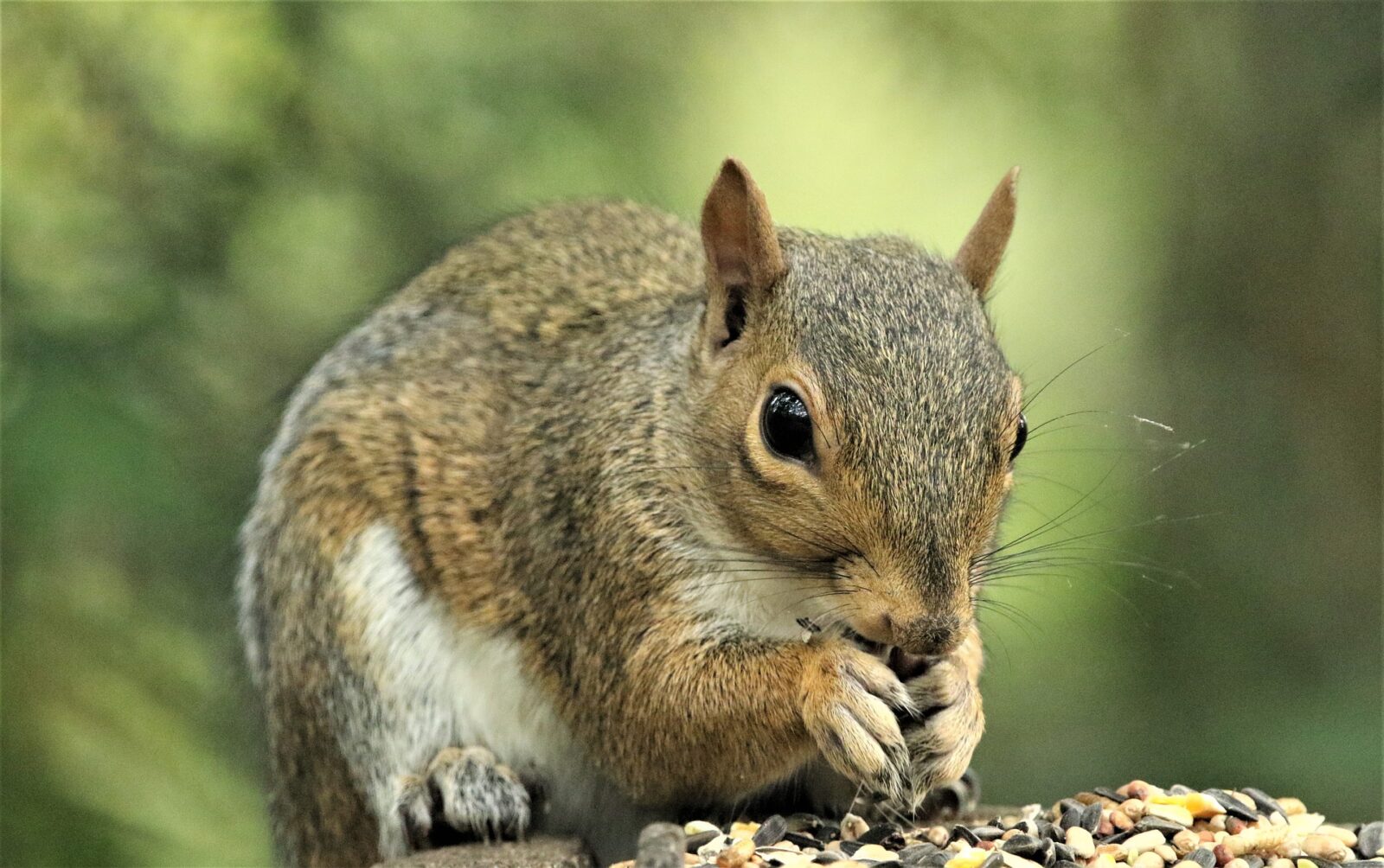A new study by a biologist at the Université de Montréal aims to explain how squirrels save energy while hibernating and what implications this knowledge may carry for the future of space flight.
Matthew Regan’s study of the thirteen-lined ground squirrel found in North America appears to confirm the theory of “urea nitrogen salvage,” which proposes that some hibernating animals can pull off a “metabolic trick” in which their gut microbes recycle urea nitrogen – a waste product produced in both the ground squirrel and humans that is usually excreted in urine – and repurpose it to create new tissue proteins.
One of the issues that hibernating animals face is a loss of vital dietary nitrogen due to their lengthy fasting phase, which may lead to protein imbalances. In other species, this might result in muscle atrophy, but Regan’s study implies that nitrogen recycling avoids this harm in hibernators.
Regan’s team injected squirrels with urea that was precisely labeled to make it simpler to follow as the squirrels’ gut microorganisms broke it down. They monitored this process throughout the year and discovered that nitrogen reincorporation was strongest in late winter, towards the conclusion of the animal’s hibernating period. This shows that the salvage process is most active in the spring, right before the squirrel must emerge from hibernation, preparing it for a busy season of seeking food and mating.
If Humanity Could Steal some Survival Tricks from Animal World
This identical mechanism, according to Regan, might have benefits for astronauts in space, who frequently undergo some muscle loss during space travel.
Currently, astronauts exercise intensively in space to lessen these effects on their muscles, but this requires both ship space and specific equipment.
However, if the process of urea nitrogen salvage could be recreated in humans, it might assist avoid muscle loss on future deep-space missions when spacecraft may need to be smaller and may not carry workout equipment.
“Because we know which muscle proteins are suppressed during spaceflight, we can compare these proteins with those that are enhanced by urea nitrogen salvage during hibernation,” he said. “If there is an overlap between the proteins in spaceflight and the ones from hibernation, then it suggests this process may have benefits to muscle health during spaceflight.”
The University of Wisconsin-Madison was the starting point for Regan’s study. It piqued the interest of the Canadian Space Agency, which awarded Regan research funding to continue his work at Université de Montréal.
Closer to home, Regan says that his findings might be beneficial in health-care settings to assist patients in hospitals who are bed-ridden or old. He also sees potential uses for malnourished individuals, a problem that now affects more than 805 million people worldwide. According to a researcher, a metabolic trick’ in squirrel intestines might benefit humans in deep space.
A new study by a biologist at the Université de Montréal aims to explain how squirrels save energy while hibernating and what implications this knowledge may have for the future of space flight.
Matthew Regan’s study of the thirteen-lined ground squirrel found in North America appears to confirm the theory of “urea nitrogen salvage,” which proposes that some hibernating animals can pull off a “metabolic trick” in which their gut microbes recycle urea nitrogen – a waste product produced in both the ground squirrel and humans that is normally excreted in urine – and repurpose it to create new tissue proteins.
“To be clear, although these applications are theoretically viable, they are a long way from being delivered, and a lot more effort is required to convert this naturally evolved mechanism safely and efficiently to people,” Regan added.












Leave a Reply